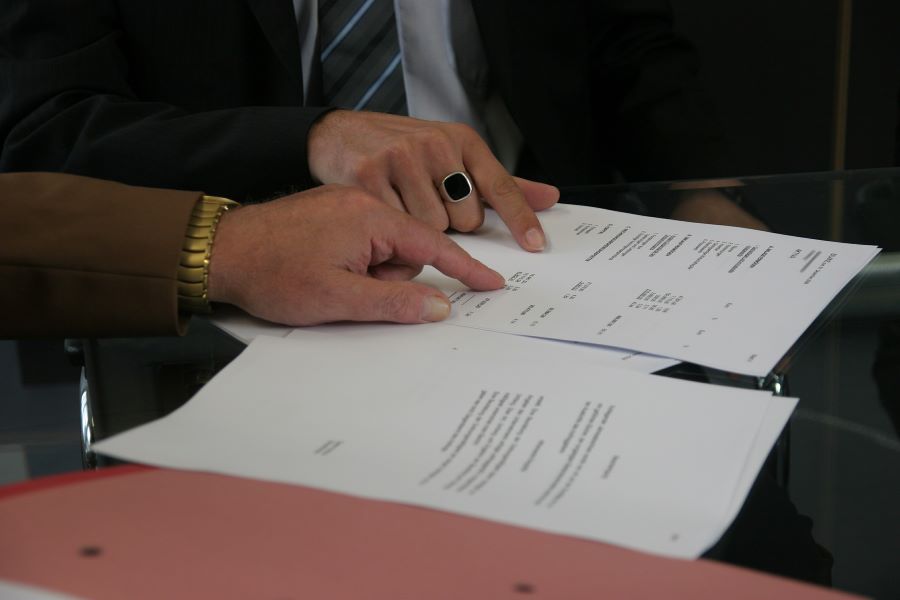Get Quotes
5MinuteInsure.com is not yet available in your area. Check back
soon!
This article has been reviewed by licensed insurance industry expert, Moshe Fishman.
Buying a home can be an overwhelming, stressful experience. For new homeowners, the language and terminology of homeownership can get complicated and confusing. This article discusses the difference between homeowners insurance and mortgage insurance. In a nutshell, homeowners insurance protects your property, and mortgage insurance protects the lender.

Homeowners insurance also called home insurance, is a type of property insurance that protects your home and personal belongings from damage caused by unforeseen events, known in the insurance world as “perils.” Homeowners insurance also provides financial protection from lawsuits if someone gets injured on your property. Although you can legally own a home without having a homeowners insurance policy, your lender, mortgage company, or home equity loan holder may require you to carry a homeowners insurance policy.
Private mortgage insurance (PMI) protects your lender if you’re unable to repay your mortgage and stop making your payments on a conventional loan. If you put down at least a 20% down payment, you will generally avoid PMI.
However, typically a lender requires PMI for home loans that lack a 20% down payment. This is because mortgage lenders perceive loans without the 20% down payment as potentially risky investments. PMI is a monthly expense that is factored in with the total mortgage payment and will increase the expense of owning a home.
The components of a monthly mortgage payment usually consist of principal, interest, taxes, and insurance premium (PITI).
Principal: This is the amount you borrowed and need to pay back. Every time you make a mortgage payment, a part of it goes to paying off the principal.
Interest: The amount the lender charges on the loan.
Taxes: Property taxes paid to your local government, can be paid upfront for the year or monthly.
Insurance: This includes standard homeowners insurance and private mortgage insurance.
Just like other types of insurance, PMI is based on insurance rates that can fluctuate. PMI typically costs between 0.58% to 1.86% of your loan amount per year. For example, if you purchase a home for $500,000, your PMI will range from $2900 to $9300 per year.
PMI is arranged by your lender and is paid as part of a monthly mortgage premium, but some lenders will allow the option of paying upfront in one lump sum during closing. A combination of an upfront payment and monthly premiums is another option. Your specific PMI terms will be listed in your loan estimate and closing disclosure documents.
Your lender considers these factors when determining how much PMI you’ll need to pay.
The amount of money you put down on your home determines how much you pay in PMI. The lender will consider a small down payment to be a higher risk. A small down payment will cause your regular mortgage payment to be higher, which means it’ll take longer for your PMI to be removed, which puts you at a higher risk of missing a payment.
Your lender will check your credit history to determine if you have a history of being a responsible or an irresponsible borrower. By paying your bills on time, avoiding maxing out credit limits, and paying more than the minimum payment, you’ll show your lender that you are a responsible borrower.
A credit bureau will generally put you in a more favorable FICO score range if you have used credit responsibly. This can result in the lender charging less in PMI premiums. But, if you have a low credit score, this can be a red flag for the lender and as a result, you may have higher PMI premiums.
Having a fixed-rate loan, typically of 30 years, versus an adjustable-rate mortgage (ARM) will influence how much you’ll pay in PMI. Fixed-rate loans reduce the level of risk because the mortgage amount won’t change over time. Reduced risk means you might not need to pay as much PMI.
ARMs involve increased risk because it’s impossible to predict how much your mortgage payment will be. However, there is an advantage to an adjustable-rate mortgage. By paying more toward your principal, you’ll build equity faster and be able to eliminate PMI sooner.
There are multiple options for private mortgage insurance such as:
If you are hoping to avoid paying PMI, here are a few options:
For conventional loans, once your home reaches 20% in equity, you can request PMI be removed. For FHA loans, PMI may be required for the duration of the loan.
To have PMI removed from your mortgage, do the following:
As soon as your home loan falls below the 80% mark in principal, make the request to have your PMI payments removed. You must be up to date on your payments, have a history of making payments on time, and may need to prove that there are no other mortgages or liens on your home.
Once your home’s principal balance reaches 78% of its original value (loan-to-value or LTV), your mortgage insurance servicer will automatically cancel your PMI. Again, this will happen only if you’re up to date on payments and never missed a due date.
Once you are halfway through your amortization schedule, your lender must remove PMI. For a 30-year loan, PMI would be removed after you’ve made payments for 15 years, even if you haven’t reached 78% of the original value.
Getting a new loan by refinancing your current mortgage is another way to eliminate PMI. Just be sure the balance falls below 80% of your home’s market value.
Knowing the difference between homeowners insurance and mortgage insurance is essential to being a knowledgeable homeowner and may save you money.